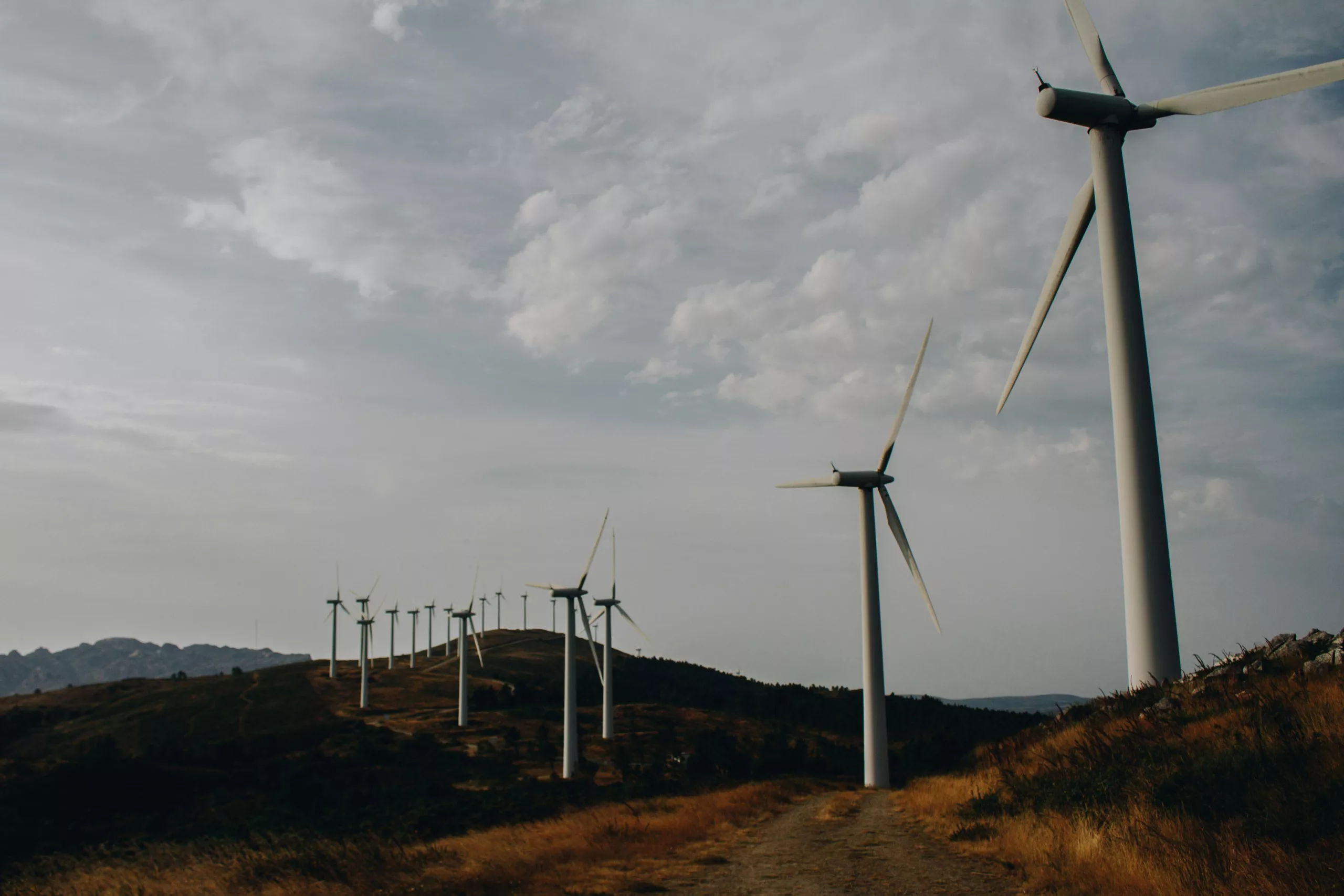The quest for reliable energy is essential, as it fuels everything from home comfort to essential daily tasks. However, areas that suffer from energy unreliability are at risk of compounding difficulties and potential long-term setbacks.
Communities currently relying heavily on expensive and carbon-heavy fossil fuels face hurdles when considering the switch to renewable sources, notably incurring high upfront costs and various risks. This is especially true for resource-challenged and underserved neighborhoods, which often require external assistance to adopt cleaner, local energy solutions.
Lack of time, expertise, and resources can impede these communities’ ability to navigate the complex systems and bureaucratic hurdles necessary to access beneficial programs and resources.
To aid in this transition, the Pacific Northwest National Laboratory (PNNL) directs its research and technical assistance towards enabling sustainable energy options and bolstering community energy resilience, with several projects already underway.
Revitalizing Coal Communities
As the world turns to cleaner energy sources, PNNL employs its expertise to envision economic revitalization for communities at the heart of the American coal industry. While the road to repurposing coal assets seems obscured, despite the presence of federal support, the institution is determined to facilitate the transition.
Bethel Tarekegne from PNNL affirms the significance of embracing the coal plants’ socio-economic and cultural legacy within these communities. Their approach is to connect and alleviate uncertainty through significant transformations, rather than proposing starting anew. They’ve developed a comprehensive online visualization map detailing information from nearly two hundred coal plants that are retiring. This tool, along with a repository of best practices for decommissioning, enables communities to explore actionable steps towards environmental restoration, revitalization, or coal plant redevelopment for alternative energy pursuits.
Tarekegne acknowledges that moving past historical reliance on coal is challenging, yet emphasizes the importance of equipping community leaders with information to seize new opportunities rather than dwelling on closures.
Alternatives for Alaska’s Energy Future
Sitka, nestled in southeast Alaska, prides itself on a primarily renewable-energy-powered grid. However, with a growing population and aspirations to electrify transportation further, Sitka risks increased diesel dependence to meet future electricity demands. Intrigued by other possible energy solutions, the community sought knowledge.
Molly Grear from PNNL describes Sitka’s unique position, powered by dual hydropower dams but open to exploring oceanic, wind, or innovative energy management alternatives.
Engaging with the DOE’s Energy Transitions Initiative Partnership Project, Sitka collaborated with PNNL to appraise various renewable energy sources, from immediately implementable wind and solar to more extended-term prospects like geothermal, tidal, or wave energy. They also established grid models to simulate varying power generation scenarios and assessed infrastructure enhancements, further looking into green fuel production feasibility, such as ammonia or hydrogen, for either exporting or as a diesel substitute. The effort has sparked additional investments and partnerships for Sitka’s renewable energy future.
Advancing Energy Equity with Storage Solutions
The Energy Storage for Social Equity (ES4SE) Initiative is a trailblazing program aiming to bolster prosperity and resilience in disadvantaged urban, rural, tribal, and indigenous communities through the adoption of energy storage technologies and applications.
The initiative pairs PNNL’s technical assistance with Sandia National Laboratories’ deployment support, promoting a fusion of technology and equity. Over a year, PNNL partnered with 14 diverse communities to co-create solutions that resonate with their specific aspirations, yielding projects that align with local energy goals and needs. Additionally, they bridge the gap by linking these projects with current funding opportunities both within and beyond the ES4SE scope.
As the projects enter the deployment phase, Sandia will take the lead, with PNNL providing support centered on community benefits. PNNL’s Jen Yoshimura emphasizes the importance of cultural sensitivity, listening, and flexibility when working within diverse communities. The goal is to remain adaptable and supportive, working at the pace that best suits each community.
The projects, ranging from feasibility studies to designs for energy storage systems, aim to showcase how such innovations can not only provide energy security but also invigorate community development and equity.
